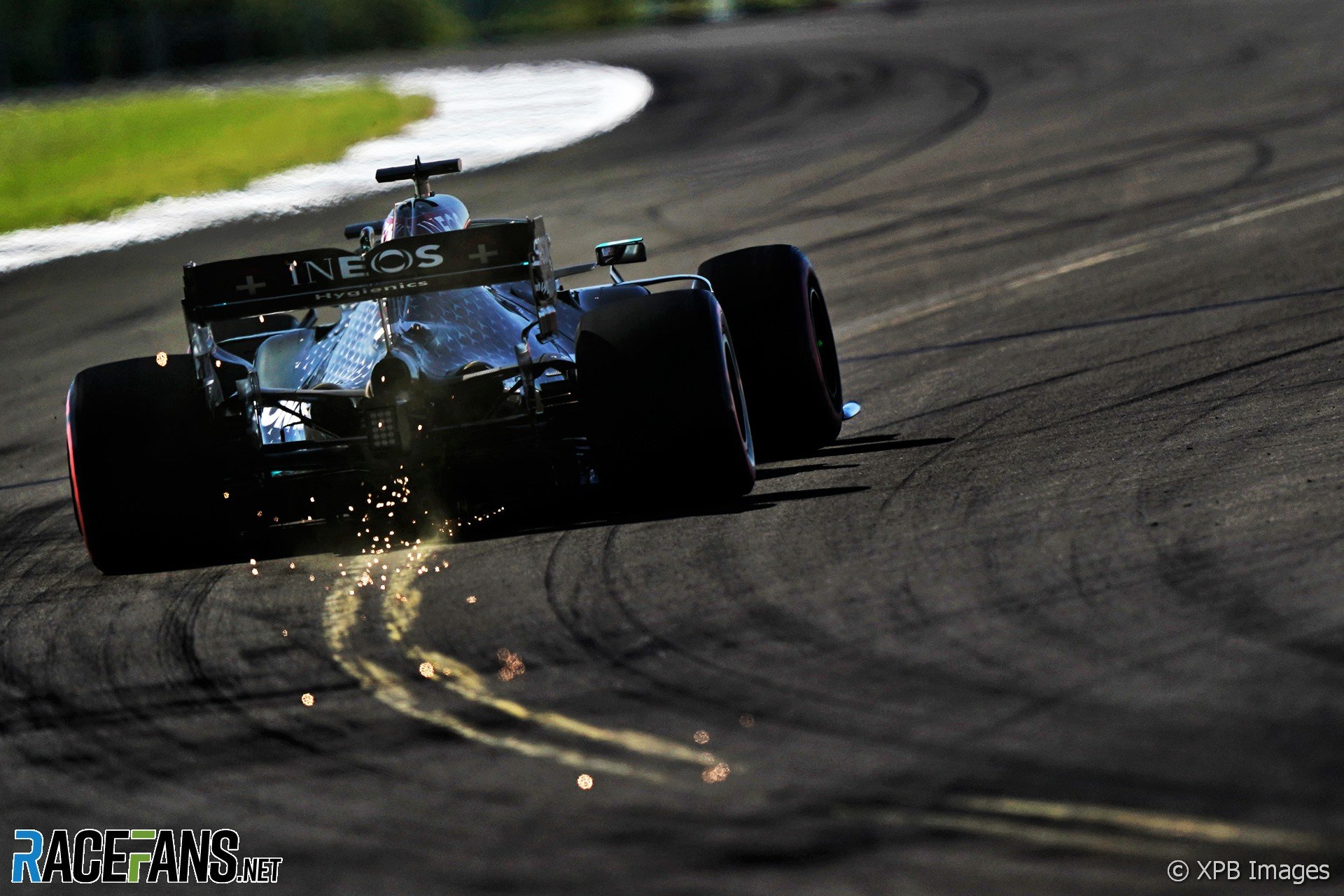Strata in the Fast Lane
or, seeing strata stakeholders through the lens of Formula 1 …
A Quick Take
I love motor racing and I love strata. Since it’s time for the Australian Formula 1 Gran Prix in Melbourne, let’s look at those two fast paced worlds to see how they compare for the similarities, differences and lessons. So, ladies and gentlemen, start your strata engines.
[a 4:50 minute read, with 833 words]
The Full Article
INTRODUCTION
In the high octane world of Formula 1, every team, from Mercedes to Red Bull, or Ferrari to McLaren, operates with a unique set of strategies, goals, and dynamics. It’s a place of precision engineering, split second decisions, and high speed competition where many people, parts, and actions come together to deliver victories, defeats and, sometimes, crashes.
So, since it’s time for the Australian Formula 1 Gran Prix in Melbourne I’ve been thinking about the similarities and differences between Formula 1 and strata title, and the lessons those comparisons provide.
SOME F1 & STRATA COMPARISONS
A Complex Ecosystem: A tough environment
Formula 1 is complex technically and with many people having different roles to deliver results. So, is strata title.
Just as in Formula 1, where drivers, engineers, team principals, and sponsors each play a critical role in steering a team towards victory, the strata title ecosystem comprises a variety of stakeholders, including strata owners, renters, financiers, strata managers, building managers, professional and trade service providers, regulators and Courts or Tribunals each with their own tasks, obligations, objectives, preferences and contributions.
It’s complicated and interdependent. Small changes make a difference. Actions [or inactions] can have ripple effects. And, great results really depend on getting everything right.
It’s a tough environment to operate in.
Strata Owners and Team Principals: Steering the strategy
In strata title, strata owners are like to the team principals in Formula 1.
Just as racing team principals are responsible for the overall direction, strategy, and financial management of their teams, strata owners play a pivotal role in decision making for their strata buildings; approving budgets and major expenditures, setting the strategic direction of the property, prioritising [or deferring] actions, and creating [or resolving] disputes.
Their leadership and vision are critical to navigating the complex world of strata building operations, ensuring strata buildings are well-maintained, making sure money is well managed, and that everything is in tune and running smoothly.
Badly adjusted settings and poor strategy leaves everyone in a strata building running off the pace and being left behind [or lapped] the rest of the field.
So, strategy and execution matter.
Strata Residents and Drivers: The ones in the action
Strata residents [owners and renters] in a strata building are like the drivers in a Formula 1 team.
Just as the drivers are the ones on the track, pushing their machines to their limits whilst managing their engines and tyres to make it to finish line, Strata residents are the individuals living in the strata building, experiencing its day-to-day reality of the strategic and on the spot decisions and affected by the actions taken before and during the race. And, they both face the risk of crashes.
Strata residents rely on the structure and rules set by the strata owners and strata managers to ensure a safe, comfortable, and functional living environment. And much like Formula 1 drivers provide feedback to improve performance, providing valuable insights into the management and upkeep of the strata building.
So, the people on the track make a big difference to results.
Strata Managers and Engineers: Behind the scenes experts
The role of strata managers mirrors that of the team engineers and the pit crew in Formula 1.
These professionals work behind the scenes [and sometimes in the thick of the racing] applying their expertise and skills to ensure everything runs smoothly and emergencies are handled.
Strata managers handle the day to day operations of a strata building, from managing finances, enforcing by laws and coordinating maintenance and repairs. Similarly, Formula 1 engineers and pit crews are responsible for the technical aspects of their cars, strategising pit stops, and making real time decisions that affect the outcome of the race.
So, skills and expertise deployed in advance and on the spot are critical.
Service Providers and Sponsors: Essential support systems
Service providers to a strata building, including cleaners, maintenance workers, contractors, and security personnel, play a similar role to sponsors and suppliers of Formula 1 teams.
Just as sponsors provide the financial, material and technical support needed for Formula 1 teams to compete at the highest level, service providers ensure that strata buildings are safe, clean, and well maintained.
Their contributions are vital to the overall functionality and appeal of the strata building, much like how sponsors' support is crucial for the success of a Formula 1 team.
So, nothing happens without resources and support.
CONCLUSIONS
I know these analogies are a bit tortured.
But there are parallels between the roles of stakeholders in strata title and the members of a Formula 1 team that highlight the complex environments they operate in, the importance of collaboration, expertise, and strategic planning, and the need for quick and skilled action at the wheel and in the pits .
Just as a Formula 1 team must work in unison to achieve victory on the track, the diverse group of strata stakeholders must cooperate to ensure strata buildings are well managed, financially healthy, and a great place to live.
So, it’s time to get strata racing and win.
March 21, 2024
Francesco …
